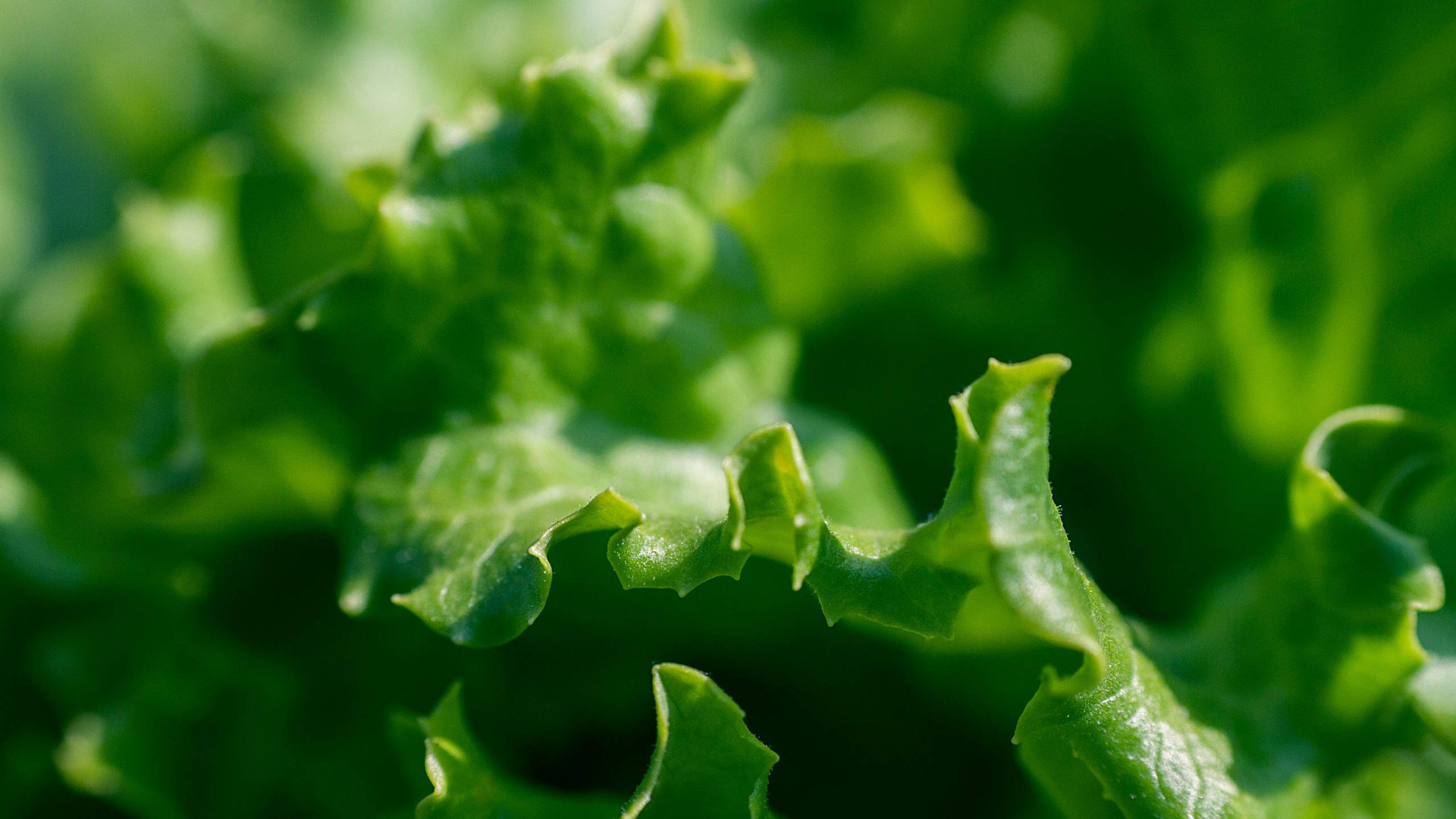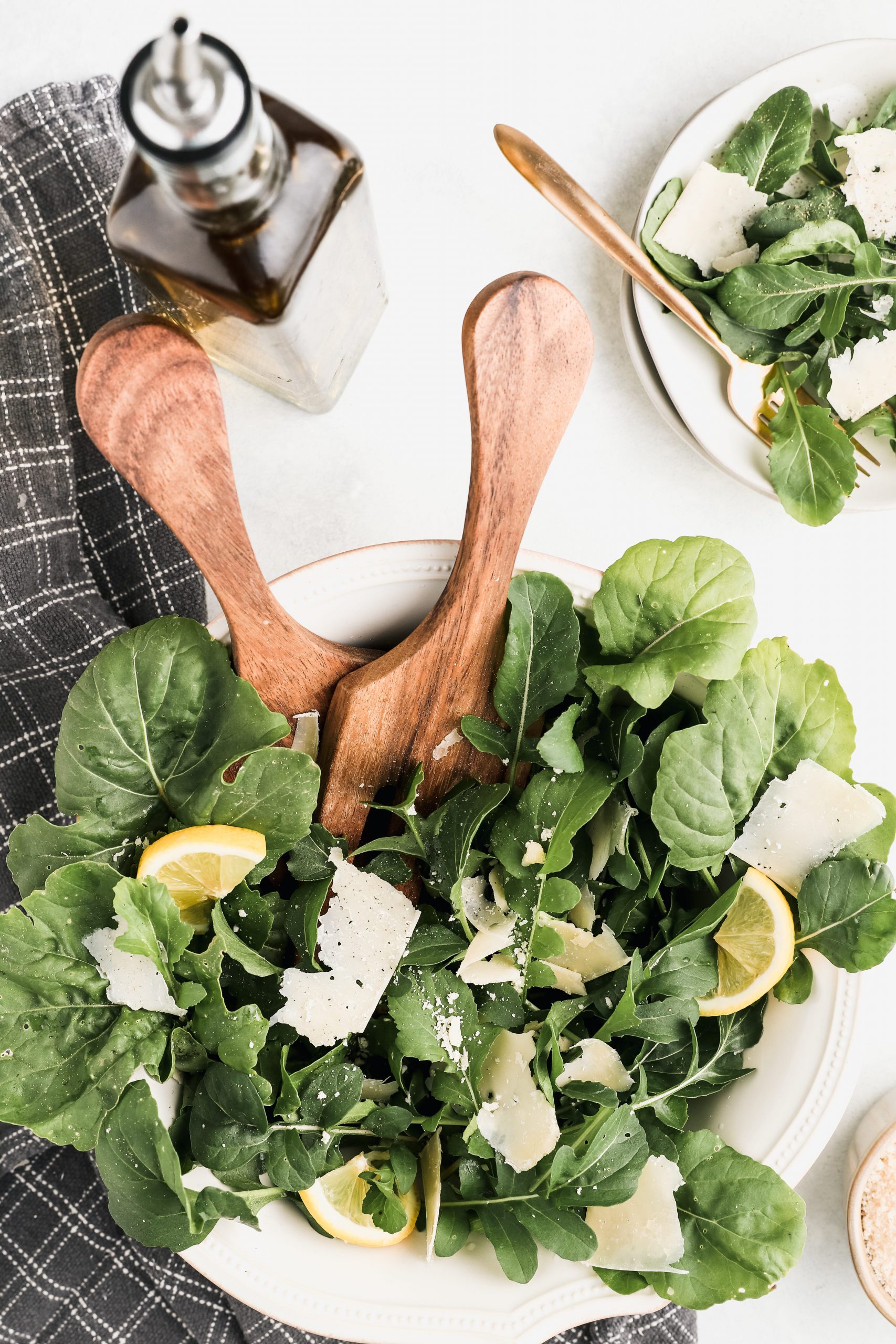How does it get from the field to your fridge?
The fresh-cut industry has significantly grown in recent years, as consumers have become more interested in healthy eating and life-style.
But what is the fresh-cut sector and which are its products?
The fresh-cut sector refers to the segment of the food industry that deals with the production and sale of fresh, pre-cut fruits and vegetables.
These products are usually cut, peeled and packaged in a way that makes them easy and convenient to consume. The main aim of the fresh-cut sector is to provide consumers with healthy, ready-to-eat fruits and vegetables that can be used in a variety of recipes and dishes.
The fresh-cut sector typically involves a complex and efficient supply chain, starting with the sourcing of fresh fruits and vegetables, followed by processing and packaging and, finally, distribution and sales.
The products are usually sold in supermarkets, grocery stores and other retail outlets, as well as through online platforms.
The fresh-cut industry’s story
The fresh-cut products were put on the market for the first time in 1960 in the USA and it was a big success, leading to a rapid diffusion of the products.
The debut on the European market took place only in 1981, when the first fresh-cut products appeared in France and then spread throughout Europe, including Italy.
At that time the society was rapidly changing: by the early eighties — typically — all the members of an average family were working full time and therefore they appreciated buying and using fresh products, convenient to store and ready to use.
With time, the quality and freshness of the products has improved, also thanks to the advent of new technologies, and the fresh-cut products have become part of the habits of a very large portion of consumers, convinced not only by the practicality of these products but also by their genuineness and safety.
Indeed, all the vegetables and fruits, after being harvested, are submitted to non-invasive treatment that preserve all their quality and nutritional properties: this is an important guarantee for the customers.

How does the fresh-cut sector work?
The name of fresh-cut products comes from a classification based on specific requirements.
The products are divided into five groups of manufacturing:
- Traditional fresh fruits and vegetables
- Fruits and vegetables preserved in jars
- Fresh and frozen fruit and vegetables
- Fresh fruit and vegetables, washed, packaged and ready for consumption (called fresh-cut sector)
- Pre-cooked and fenced products that have been sterilized, packed and ready to eat.
The process of production and storage of the fresh-cut products starts from the field and ends once they arrive at the home of the final consumer.
The steps involved in the process and storage are: selection, sorting, cleaning and cutting. After that, they are sealed in bags or containers.

In the selection, the fresh-cut industries look for high quality raw materials and the manufacturing companies follow all the integrated production discipline.
After the raw materials are transported within the factory, they are sorted, if necessary, cleaned and cut (such as removal of peel or other inedible parts), then subjected to a double industrial washing and a decontamination treatment that guarantees its safety.
For washing, the national legislation provides for at least two tanks with continuous water exchange, it takes place with drinking water and through advanced technological systems that — unlike domestic washing — ensure a safe product and complies with the law.
Finally, the product is dried, packaged, then passed to quality control and identification to maintain a chain traceability. The packages are then placed in cells at temperatures not exceeding 6 ºC (42,8 ºF) thus starting the cold chain, which must be guaranteed at all stages.
From the moment of the release from the factory to the display at the supermarkets, the product must be taken to temperature not above 8ºC (46,4 ºF) .
The cold chain must be respected also in the moment of transportation from the refrigerator to the customer’s home.
The only way to preserve salads in bags, packed fruits and in general all the fresh-cut products, is the maintenance of the cold chain.
Which are the numbers of fresh-cut products?
Fresh-cut products are defined as fruits, vegetables and, in general, fresh vegetables, packed and ready for consumption.
Among the fresh-cut products, the most purchased is the salad in envelope, purchased by 81% of the people, followed by bowls of salad (purchased by 40%), then washed and cut fruit (30%) and soups (29%).
The fresh-cut products have been proved as a range of products really appreciated by people, more precisely by Italians, for their ability to save time, reduce waste and also to encourage people to eat healthy and balanced food.
Follow us so you don’t miss the latest news about the fresh-cut world!